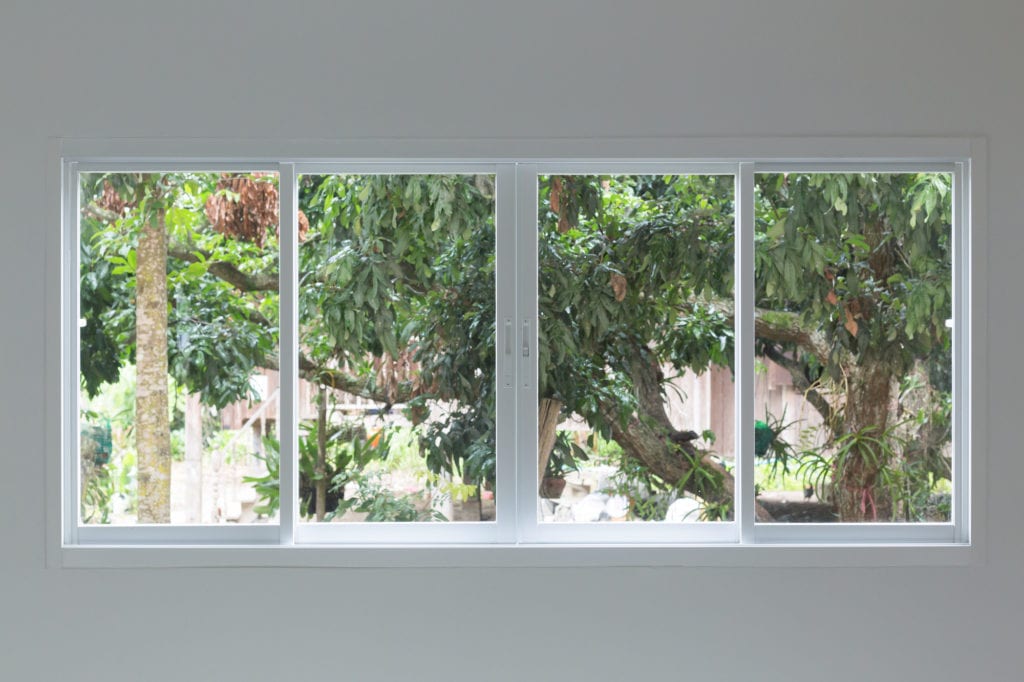All Categories
Featured
Table of Contents
Why Is Double Glazing So Important In Winter? in Singleton Perth
Glazing merely indicates the windows in your house, consisting of both openable and fixed windows, in addition to doors with glass and skylights. Glazing in fact just suggests the glass part, but it is generally used to refer to all aspects of an assembly consisting of glass, films, frames and furnishings. Focusing on all of these elements will assist you to achieve effective passive design.

Energy-efficient glazing makes your home more comfy and significantly lowers your energy expenses. However, inappropriate or badly designed glazing can be a significant source of unwanted heat gain in summertime and significant heat loss and condensation in winter season. Up to 87% of a house's heating energy can be acquired and as much as 40% lost through windows.
What Is Double Glazing Windows And Doors? in Mount Hawthorn WA
Glazing is a considerable financial investment in the quality of your house. A preliminary financial investment in energy-efficient windows, skylights and doors can significantly lower your yearly heating and cooling bill.

This tool compares window selections to a base level aluminium window with 3mm clear glass. Understanding a few of the key homes of glass will help you to pick the finest glazing for your house. Secret properties of glass Source: Adjusted from the Australian Window Association The quantity of light that travels through the glazing is referred to as visible light transmittance (VLT) or visible transmittance (VT).
Buy Double Glazed Upvc Sliding Doors In Sydney in Pearsall WA
This might lead you to change on lights, which will result in higher energy costs. Conduction is how easily a material carries out heat. This is understood as the U worth. The U worth for windows (expressed as Uw), describes the conduction of the entire window (glass and frame together). The lower the U value, the greater a window's resistance to heat flow and the much better its insulating value.
For example, if your house has 70m2 of glazing with aluminium frames and clear glass with a U value of 6. 2W/m2 C, on a winter season's night when it is 15C colder outside compared to inside your home, the heat loss through the windows would be: 6. 2 15 70 = 6510W That is equivalent to the overall heat output of a large room gas heating unit or a 6.
Save Energy With Double Glazed Windows in Mullaloo Perth

If you pick a window with half the U worth (3. 1W/m2 C) (for instance, double glazing with an argon-filled space and less-conductive frames), you can halve the heat loss: 3. 1 15 70 = 3255W The solar heat gain coefficient (SHGC) for windows (expressed as SHGCw) determines how readily heat from direct sunshine flows through an entire window (glass and frame together).
The lower a window's SHGC, the less solar heat it transfers to the home interior. The real SHGC for windows is impacted by the angle that solar radiation strikes the glass.
Double Glazing Versus Secondary Glazing in Merriwa Perth
When the sun is perpendicular (at 90) to the glass, it has an angle of incidence of 0 and the window will experience the optimum possible solar heat gain. The SHGC stated by glazing producers is always computed as having a 0 angle of incidence. As the angle increases, more solar radiation is reflected, and less is transferred.
Latest Posts
Double Glazed Windows in West Leederville Perth
Double Glazed Windows Melbourne in Medina Western Australia
Double Glazing Companies Near Me Reviewed 2023 in Huntingdale WA